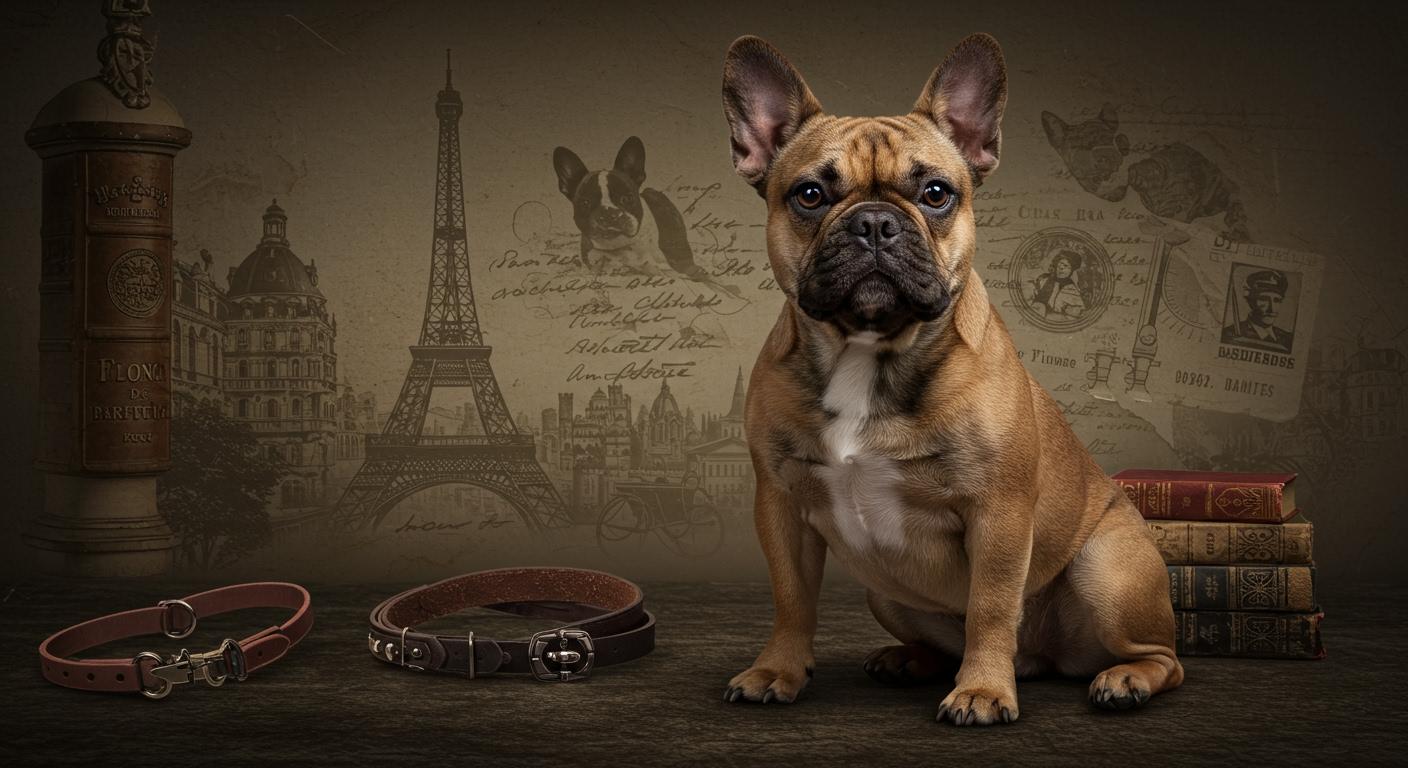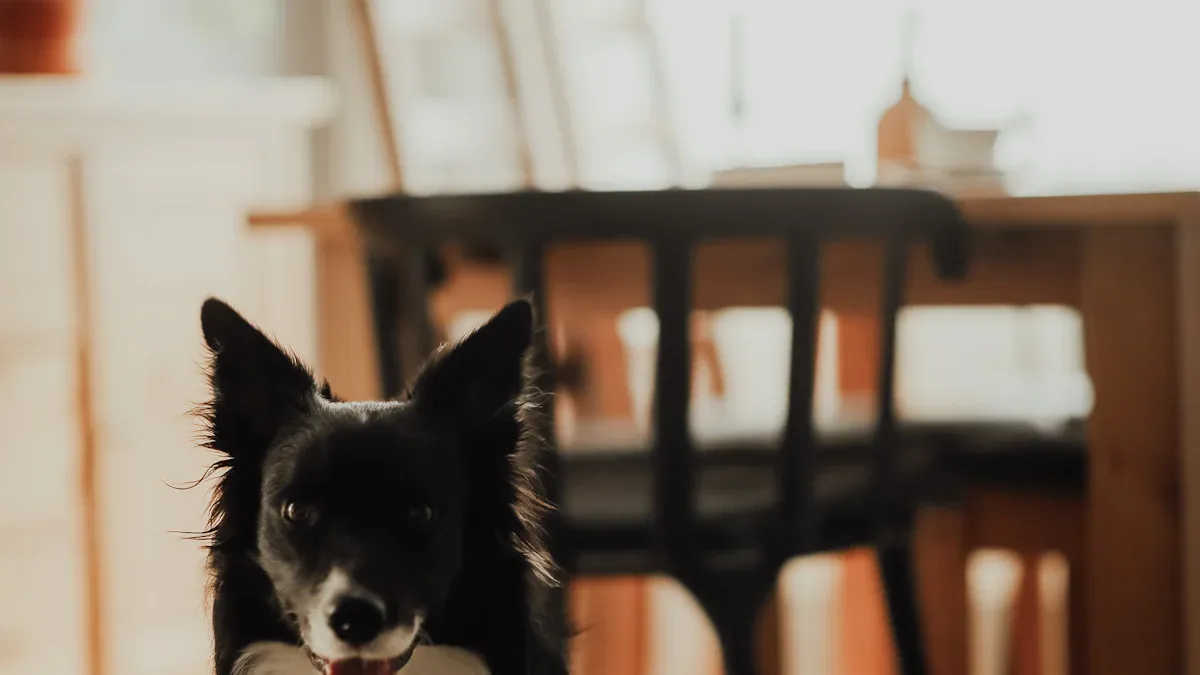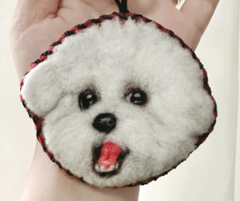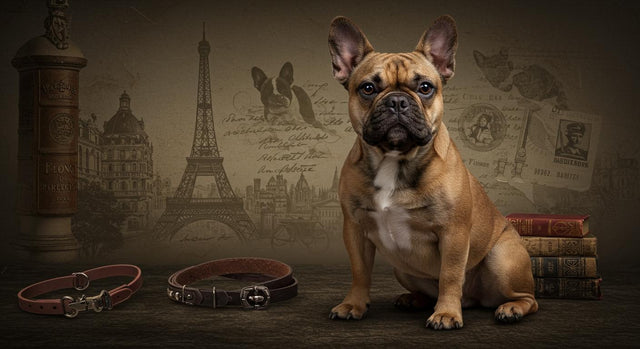Tracing the Roots of the French Bulldog Breed

You might wonder where the french bulldog truly began. The breed’s origin traces back to England, but its transformation in France set it apart. Today, the french bulldog club reports that this breed has become the most popular in the U.S.
In 2023, 98,500 french bulldogs were registered.
Last year, registrations dropped to 74,500, yet the breed still leads ahead of others.
Learning about this history helps you understand why people love the french bulldog and what makes it special.
Key Takeaways
French Bulldogs first came from England as Toy Bulldogs. Later, they became popular in France. In France, they got their special traits.
This breed is famous for being friendly. It is a great pet for families. French Bulldogs can live in many places easily.
French Bulldogs often have health problems because of their looks. They need to see the vet often. Good breeding is very important.
Your French Bulldog needs exercise every day. A healthy diet is also important. These things help your dog stay happy and healthy.
Pick breeders who care about health more than looks. This helps future French Bulldogs stay healthy.
French Bulldog Origin
Roots in England
Many people think french bulldogs started in France. But they actually came from England. In the 1700s and 1800s, breeders in England wanted smaller bulldogs. They made Toy Bulldogs by picking the tiniest puppies from Old English Bulldogs. These little bulldogs weighed less than 20 pounds. They looked a lot like bigger bulldogs.
Toy Bulldogs lived in cities such as London, Nottingham, and Birmingham.
By 1850, people saw them at dog shows and in working-class areas.
Breeders wrote down details about Toy Bulldogs, like their ear shapes.
People bred Toy Bulldogs with other small dogs. This helped make them healthier and gave them new traits. Mixing breeds fixed problems from inbreeding, like breathing trouble and weak joints. Experts thought mixing Toy Bulldogs with other breeds made them stronger and healthier.
Toy Bulldogs were more than pets. They worked as ratters and helped families get rid of pests. Their small bodies and fast moves made them great for this job.
Move to France
During the Industrial Revolution, lace workers from Nottingham moved to Normandy, France. They took their Toy Bulldogs with them. These small dogs became popular in French towns and cities.
Lace workers brought their tiny bulldogs to France for better jobs.
French breeders started buying small bulldogs from England, even ones with faults.
By 1860, there were fewer Toy Bulldogs in England because many went to France.
In Paris, people saw these little bulldogs in cafes and with stylish women called 'belles de nuit.' The dogs became a sign of fashion and friendship. French breeders mixed English Toy Bulldogs with local ratters and terriers. This mix gave the french bulldog its special look and fun personality.
The bouledogues français changed from working dogs to loved pets. Their friendly ways and small size made them popular with rich people and artists in Paris.
Genetic studies show french bulldogs have ancestors like English Bulldogs and boxers. Over time, breeders picked traits like short noses and big eyes. You can still see these features today. The breed’s story in France made it famous and set the rules you know now.
French Bulldog History and Development
Divergence from Bulldogs
The french bulldog’s story starts in the mid-1800s. Back then, lace workers in England had small Bulldogs. When these workers moved to France, their dogs changed. The french bulldog began to look different from Bulldogs in England. They got smaller bodies, new ear shapes, and a different look.
Feature |
Original Bulldog |
Early French Bulldog |
|---|---|---|
Historical Origin |
Came from bull-baiting dogs in old England |
Came from small Bulldogs brought to France by lace workers in the 1860s |
Size |
14-15 inches tall, 40-50 pounds |
11-13 inches tall, 20-28 pounds |
Head Shape |
Big, square heads |
Smaller, rounder skulls |
Ears |
Folded "rose ears" |
Standing "bat ears" |
Body |
Wide and heavy |
Small and quick |
Temperament |
Calm and patient |
Lively and friendly |
The french bulldog is smaller and has a compact body. Its ears stand up like bats, not folded down. This breed became more friendly and alert. People liked them in busy cities.
Shaping the French Bulldog Breed
French breeders wanted dogs with special looks. They mixed small Bulldogs with terriers and Pugs. This mix gave the french bulldog its bat ears and short nose.
Strong, stocky body
Erect 'bat ears'
Short nose with deep wrinkles
Big, square head
Dark, round eyes
Short tail
Breeders worked to make the french bulldog kind and easy to live with. Now, you see more coat colors like cream and blue. The breed became even more loving, so many people wanted them as pets.
The french bulldog’s history shows how people made the breed fit city life. Today, you can spot them by their small size and playful ways. Their change from working dogs to pets shows why they are loved in many homes.
Traits and Standards

Physical Features
When you look at a french bulldog, you notice its sturdy and compact body. This breed stands out with its bat-like ears, short nose, and muscular frame. The head appears square and broad, with a domed forehead and fine wrinkles that show when the dog feels alert. You see dark, round eyes set wide apart, giving the dog a friendly expression. The tail sits low and tapers quickly, often straight and long enough to cover the rear.
Here is a table showing the official breed standards:
Feature |
Description |
|---|---|
General Appearance |
Sturdy, compact, solid, small dog with good bone, short, smooth coat. Balance is essential. |
Ears |
Bat ears, wide at base, rounded at top, set high, carried upright and parallel. |
Head and Skull |
Square, proportionate to size, nearly flat between ears, domed forehead, fine wrinkling. |
Eyes |
Dark, round, moderate size, set wide apart, no white showing when looking forward. |
Body |
Muscular, well rounded, deep brisket, ribs well sprung. |
Tail |
Undocked, set low, thick at root, tapering quickly, preferably straight. |
Coat |
Fine, smooth, lustrous, short and close. |
Colour |
Brindle, fawn, pied. |
Size |
Ideal weight: dogs 28 lbs, bitches 24 lbs. |
Compared to other small companion breeds, you notice the french bulldog has a squarer head and larger upright ears than a Pug. The french bulldog also weighs more and comes in more coat colors, such as brindle, fawn, and cream.
Tip: If you want a dog with a unique look and easy grooming, the french bulldog fits your needs.
Personality
You find the french bulldog full of charm and affection. This breed loves people and thrives on human attention. You will see a playful and gentle nature, especially with children. The dog adapts well to different homes and enjoys being part of a family. You can count on its intelligence and humor to keep you entertained.
Adaptable to new environments
Intelligent and quick to learn
Loyal and protective
Excellent watchdog
Playful and gentle with kids
Needs constant attention
French bulldogs make great family pets. You notice they stay calm and patient, even during rough play. Their sturdy build lets them handle energetic children. You do not need to worry about loud barking, since they usually stay quiet. The breed gets along well with other pets, which helps keep peace in your home.
Note: The french bulldog’s history as a companion dog means it provides emotional support and comfort, especially for children. Its empathetic nature helps it bond closely with family members.
Global Popularity and Care
Spread to America
The french bulldog’s trip from Paris to America is interesting. People and fashion helped shape this journey. Lace makers left England and went to France during the Industrial Revolution. They took toy bulldogs with them. These dogs soon became loved in French cities. In Paris, the breed changed from a working-class dog to a stylish pet. Its cute looks and easy city life made families want them.
Lace makers brought toy bulldogs when they moved.
The breed’s special look and friendly ways drew people in France.
American breeders wanted to keep bat ears and small size.
The breed’s story in Paris helped it spread to Europe and America. American breeders picked traits like bat ears to make the french bulldog unique. The number of registered french bulldogs grew fast. In 2021, there were 54,074 french bulldogs registered around the world.
Health and Responsible Breeding
You need to watch your french bulldog’s health closely. This breed has many health problems because of its short nose and small body. Studies show that 72.4% of french bulldogs have at least one health issue. Common problems are ear infections, diarrhea, and skinfold dermatitis. You should also look out for breathing trouble and heart murmurs.
Care Practice |
Description |
|---|---|
Preventive Care |
Helps dogs live longer and feel better |
Balanced Diet |
Fits the dog’s age and health needs |
Regular Exercise |
Keeps the dog’s mind and body healthy |
Ear Cleaning |
Stops ear diseases from starting |
Skinfold Care |
Lowers the chance of skinfold dermatitis |
Pick breeders who follow kennel club rules. Good breeders avoid extreme features and use health checks. The Kennel Club asks breeders to check muzzles and nostrils. Many people want french bulldogs, so some breeders care more about money than health. You can help by choosing breeders who care about their dogs.
Tip: Always ask breeders about health tests and family history before you get a puppy. This helps you avoid problems and supports good breeding.
You can trace the french bulldog’s journey through key milestones:
Parisians shaped the breed’s bat ears and compact build.
American clubs set breed standards and promoted responsible care.
Today, the breed’s history boosts its popularity, with celebrities and social media adding to its charm. You help secure the future of these dogs by choosing ethical breeders who focus on health, not just looks.
FAQ
What health problems do French Bulldogs often have?
You may notice breathing issues, skin allergies, and ear infections. Their short noses can cause snoring and overheating. Regular vet visits help you catch problems early.
Tip: Keep your French Bulldog cool in summer to prevent heatstroke.
How much exercise does a French Bulldog need?
You should give your dog short walks and playtime every day. Thirty minutes of activity keeps your French Bulldog healthy. Avoid long runs or intense exercise.
Walks: 15 minutes, twice daily
Play: Gentle indoor games
Do French Bulldogs shed a lot?
You will see some shedding, but not as much as other breeds. Weekly brushing helps you control loose hair. Their short coat makes grooming easy.
Grooming Task |
Frequency |
|---|---|
Brushing |
Weekly |
Bathing |
Monthly |
Are French Bulldogs good with children?
You can trust French Bulldogs with kids. They show patience and enjoy playtime. Their sturdy build lets them handle gentle roughhousing. Always supervise young children with any dog.
Note: Teach children to respect your dog’s space and body.

